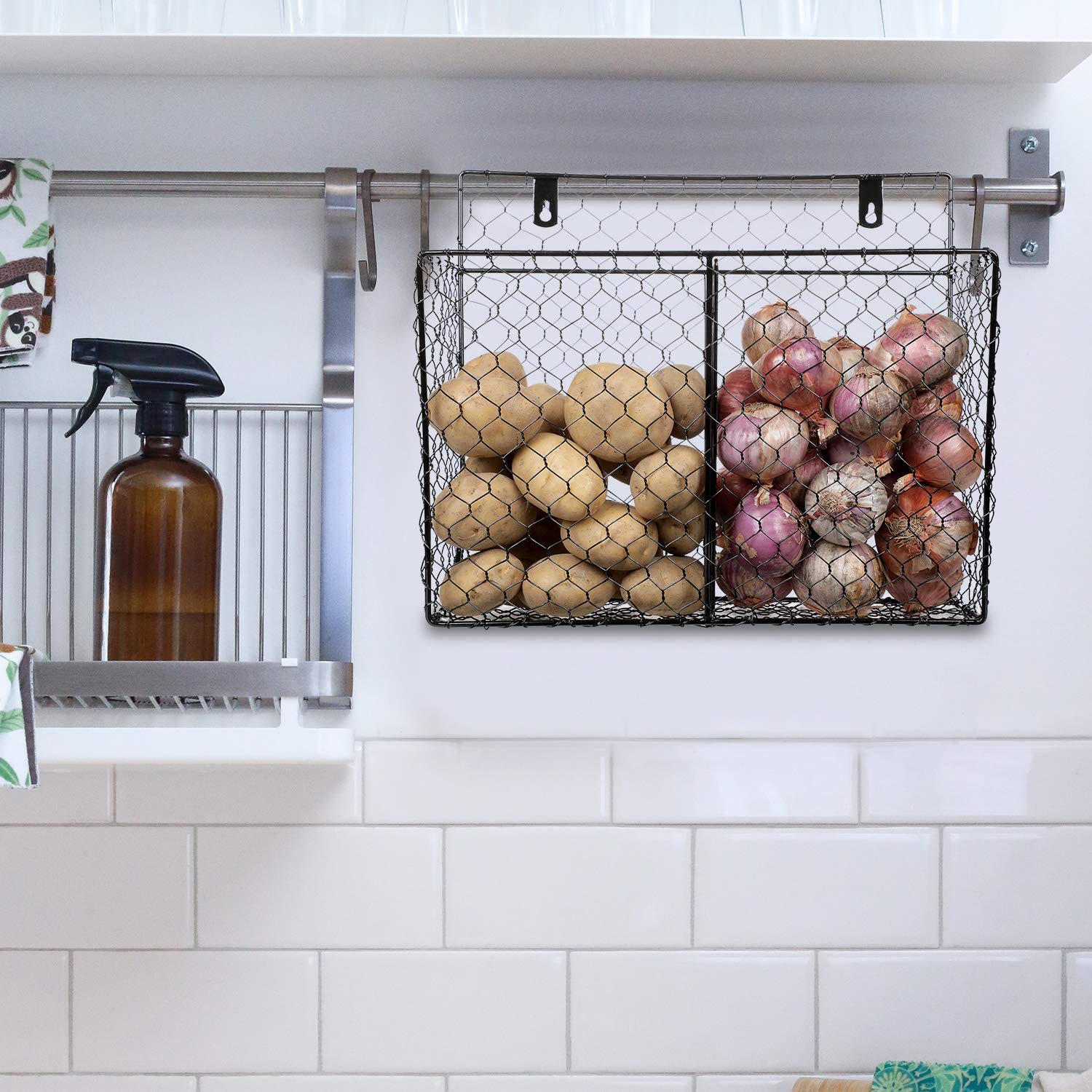

Articles
How To Store Whole Onions
Modified: August 17, 2024
Learn the best ways to store whole onions in this helpful article. Keep your onions fresh and flavorful with these storage tips and tricks.
(Many of the links in this article redirect to a specific reviewed product. Your purchase of these products through affiliate links helps to generate commission for Storables.com, at no extra cost. Learn more)
Introduction
Storing whole onions properly can significantly extend their shelf life and ensure that you always have fresh and flavorful onions at hand. Onions are a versatile ingredient, widely used in various culinary applications, and having them readily available can save you time and money.
In this article, we will explore the benefits of storing whole onions and provide you with various methods to help you store them efficiently. From choosing the right onions to preparing them for storage and exploring different storage options, we will cover everything you need to know to keep your onions fresh and flavorful for longer.
When properly stored, whole onions can last for several weeks or even months, depending on the type of onion and storage conditions. By following the tips and methods outlined in this article, you can ensure that your onions remain fresh, firm, and free from spoilage.
So, let’s dive in and discover the secrets to storing whole onions effectively!
Key Takeaways:
- Extend the shelf life of whole onions by storing them in a cool, dry place, mesh bags, pantyhose, paper bags, or the fridge. Proper preparation and regular checks ensure fresh, flavorful onions for your culinary creations.
- Choose the right onions, prepare them properly, and utilize various storage methods to keep whole onions fresh, flavorful, and ready for use. Regularly check and rotate your stock to minimize waste and enjoy the benefits of extended shelf life.
Read more: How To Store Onions
Benefits of Storing Whole Onions
Storing whole onions offers several benefits, ranging from convenience in meal preparation to cost savings and reduced food wastage. Here are some of the key advantages of storing whole onions:
- Extended Shelf Life: Properly stored whole onions can last significantly longer than onions left exposed to the elements. By implementing the appropriate storage methods, you can extend the shelf life of your onions and reduce the chances of spoilage.
- Convenience: Having a stockpile of stored onions allows you to conveniently grab one whenever you need it for cooking. This eliminates the need for frequent trips to the grocery store and ensures that you have a readily available supply of onions for your culinary creations.
- Cost Savings: Buying onions in bulk when they are on sale or in season and storing them can help you save money in the long run. Instead of purchasing onions at higher prices throughout the year, you can take advantage of lower prices and store them for later use.
- Reduced Food Wastage: Storing whole onions properly minimizes the chances of spoilage, which ultimately results in less food wastage. By utilizing proper storage techniques, you can ensure that your onions remain fresh and usable for extended periods, reducing the need to throw away unused onions.
- Flavor Retention: Whole onions stored properly retain their flavor and aroma. This is particularly beneficial if you have a preference for using fresh onions in your cooking or if you enjoy the distinct taste of onions in your dishes.
By understanding the advantages of storing whole onions, you can harness these benefits and incorporate them into your daily cooking routine. Whether you are a home cook or a professional chef, having a stash of fresh onions on hand can elevate your culinary creations to the next level.
Choosing the Right Onions for Storage
When it comes to storing whole onions, selecting the right type of onions is crucial. Certain varieties of onions are better suited for storage due to their thicker skins and lower water content. Here are a few factors to consider when choosing onions for storage:
- Storage-Friendly Varieties: Look for onion varieties that have a longer shelf life and are known for their storage capabilities. Good options include yellow onions, red onions, and sweet onions such as Walla Walla or Vidalia.
- Firmness: Choose onions that are firm and free from soft spots or blemishes. Soft onions are more prone to rot and won’t last as long when stored.
- Dry Skins: Opt for onions with dry, papery skins. Avoid onions with damp or moldy skin, as this indicates moisture and a higher risk of spoilage during storage.
- Properly Cured: Check if the onions have been properly cured, which involves drying them in a well-ventilated space until they develop a dry outer layer. Curing helps to further reduce the water content and prolong storage life.
- Size: While size doesn’t impact storage quality, it’s worth considering your personal consumption needs. Smaller onions are ideal if you frequently use a small amount while larger onions are more suitable for storing a larger quantity.
By choosing the right type of onions for storage and paying attention to their firmness, skin condition, curing process, and size, you can ensure that you have onions that are primed for long-term storage. Remember that proper onion selection is the first step toward successful storage and getting the most out of your stored onions.
Preparing Onions for Storage
Before you store whole onions, it’s essential to properly prepare them. This ensures that they are clean, dry, and in optimal condition for storage. Follow these steps to prepare your onions:
- Harvest and Cure: If you grow your own onions, make sure to harvest them when the tops begin to dry and flop over. Leave the onions to dry in a well-ventilated area for a few weeks to a month until the outer skins become dry and papery.
- Inspect and Sort: Inspect all your onions and discard any that have soft spots, signs of rot, or damaged skins. Sort them based on size if desired for easier access later.
- Remove Excess Dirt: Gently brush off any loose dirt or debris from the onions. Avoid using water to clean them, as moisture can promote spoilage during storage.
- Trim the Tops: Trim the tops of the onions, leaving about an inch of the stem. This helps prevent the tops from coming into contact with other onions, reducing the risk of spreading rot or mold.
- Air Dry: Allow the onions to air dry for a few hours or overnight in a well-ventilated area. This further helps to remove excess moisture and ensures that the onions are completely dry before storage.
By properly preparing your onions before storage, you eliminate any potential sources of moisture and ensure that they are in the best possible condition for long-term storage. Taking the time to prepare your onions adequately will pay off in terms of their longevity and overall quality during storage.
Storage Options for Whole Onions
When it comes to storing whole onions, there are several options to choose from, depending on the available space and desired shelf life. Let’s explore some of the most effective storage methods:
- Storing Whole Onions in a Cool and Dry Place: One of the simplest and most common methods is storing onions in a cool, dry, and well-ventilated area. This can be a pantry, basement, or garage. Place the onions in a single layer, ensuring that they are not touching each other. This method works best if you plan to use the onions within a few weeks.
- Using Mesh Bags for Onion Storage: Another popular option is to store whole onions in mesh bags. Mesh bags allow for air circulation and help keep the onions dry. Place the onions in the bag, tie it securely, and hang it in a cool and well-ventilated area. The mesh bags help prevent moisture buildup and allow for easy access to the onions.
- Storing Whole Onions in Pantyhose: Yes, you read that right! Another unique method is to store whole onions in pantyhose. Simply drop an onion into the foot of the pantyhose, tie a knot above it, and repeat the process until the pantyhose is filled. Hang the pantyhose in a cool and dry place. This method keeps the onions separated, allowing for good air circulation and extended shelf life.
- Storing Whole Onions in Paper Bags: If you prefer a low-tech approach, consider storing onions in paper bags. Paper bags provide a breathable environment and help absorb excess moisture. Place the onions in a single layer in the bag, loosely fold the top, and store them in a cool and dry location.
- Storing Whole Onions in the Fridge: While not the preferred method, you can store whole onions in the refrigerator if you have limited storage space or want to prolong their shelf life. Place the onions in a breathable bag or wrap them individually in paper towels and store them in the crisper drawer. However, be aware that the cold and high humidity in the fridge may alter the texture and flavor of the onions over time.
Choose the storage option that suits your needs and available space. Remember to regularly check the stored onions for any signs of spoilage and remove any onions that are starting to rot to prevent the spread of decay.
No matter which method you choose, it’s important to keep the storage area well-ventilated and free from excess moisture to maintain the quality and freshness of your stored onions.
Read more: How To Store Whole Carrots
Storing Whole Onions in a Cool and Dry Place
One of the simplest and most effective ways to store whole onions is by keeping them in a cool and dry place. This method allows the onions to breathe while protecting them from excess moisture and heat, which can accelerate spoilage. Here’s how to store whole onions in a cool and dry place:
- Select an Ideal Spot: Choose a location that is cool, with temperatures between 45°F and 55°F (7°C and 13°C). Avoid areas that experience extreme temperature fluctuations or are exposed to direct sunlight, as this can cause the onions to sprout or spoil.
- Ensure Good Air Circulation: Find a spot with good air circulation. This can be a pantry, basement, or garage. Adequate air circulation helps prevent moisture buildup and keeps the onions fresh for longer.
- Prepare the Onions: Inspect the onions and remove any that are bruised, damaged, or showing signs of rot. Trim the tops to about an inch and remove any loose skins or dirt. Handling the onions gently helps prevent unnecessary damage that could lead to spoilage.
- Arrange the Onions: Place the whole onions in a single layer on a wire rack, a wooden crate, or a slatted tray. Make sure to leave space between the onions to allow for proper air circulation. Avoid stacking or overcrowding the onions, as this could lead to moisture buildup and rot.
- Regularly Check for Spoilage: Regularly inspect the stored onions for any signs of spoilage. Remove any onions that have sprouted, developed soft spots, or started to rot. Discarding spoiled onions helps prevent the spread of decay to the rest of the stored onions.
Storing whole onions in a cool and dry place can keep them fresh for several weeks to a few months. However, keep in mind that this method is best for short-to-medium-term storage. If you want to store onions for an extended period, consider other storage methods or adjust the temperature and humidity in the storage location accordingly.
Remember, maintaining a cool and dry environment with proper air circulation is essential to preserving the quality and shelf life of your stored onions. By following these simple steps, you can ensure that your onions remain fresh, flavorful, and ready to use whenever you need them.
Store whole onions in a cool, dry, well-ventilated place with good air circulation, such as a pantry or cellar. Avoid storing them near potatoes, as they can cause each other to spoil faster.
Using Mesh Bags for Onion Storage
If you’re looking for a storage method that allows for optimal air circulation and keeps your onions dry, using mesh bags is a great option. Mesh bags are breathable and help prevent moisture buildup, which can lead to spoilage. Here’s how to effectively store whole onions using mesh bags:
- Select the Right Mesh Bags: Look for mesh bags specifically designed for produce storage or onion storage. These bags are typically made of a breathable material that allows for proper air circulation.
- Prepare the Onions: Inspect the onions and remove any that are damaged, have soft spots, or signs of rot. Gently brush off any loose dirt or debris on the onions. Avoid washing the onions, as moisture can promote spoilage during storage.
- Arrange the Onions: Place the whole onions into the mesh bag, ensuring that they are not overcrowded. Leave some space between the onions to allow for circulation. It’s best to store onions in a single layer if possible.
- Secure the Bag: Once the onions are inside the mesh bag, tie the bag securely with a knot or use a twist tie to seal it. Make sure the bag is tightly closed to prevent onion smell from permeating the storage area.
- Choose the Storage Location: Find a suitable location for storing the mesh bag of onions. Ideally, the area should be cool and dry, with temperatures ranging between 45°F and 55°F (7°C and 13°C).
- Regularly Check for Spoilage: Periodically inspect the stored onions. Remove any onions that have started to sprout, develop soft spots, or show signs of rot. By promptly removing spoiled onions, you can prevent the spread of decay to the rest of the stored onions.
Using mesh bags for onion storage allows for proper air circulation, ensuring that your onions stay dry and fresh for extended periods. The breathable nature of the bags helps prevent moisture buildup and reduces the risk of spoilage.
Remember to store the mesh bag of onions in a cool and dry place with good air circulation. Regularly check for any signs of spoilage and remove any onions that are no longer suitable for storage. Following these steps will help you maintain the quality and longevity of your stored onions.
Storing Whole Onions in Pantyhose
Believe it or not, pantyhose can be a surprisingly effective and unique method for storing whole onions. This method provides good air circulation, keeps the onions separated, and helps maintain their freshness. Here’s a step-by-step guide on how to store whole onions in pantyhose:
- Gather the Materials: You’ll need a pair of clean pantyhose (preferably without any runs or tears) and whole onions that have been properly prepared for storage.
- Prep the Pantyhose: Cut off one of the pantyhose legs, leaving the pantyhose with just one leg. This will create a long tube to hold the onions.
- Insert the Onions: Place an onion in the foot of the pantyhose leg, and tie a knot above it to secure it in place. Repeat this process, adding one onion at a time and tying a knot between each one. Leave some space between the onions to prevent them from touching and potentially spreading rot.
- Continue Adding Onions: Continue adding onions and tying knots until the pantyhose leg is filled. You can adjust the amount of onions in each section depending on how many onions you have and your storage needs.
- Tie Off and Hang: Tie a knot at the end of the pantyhose leg, ensuring that all the onions are securely held in place. Find a cool, dry, and well-ventilated area to hang the pantyhose filled with onions.
- Regularly Check for Spoilage: Periodically inspect the stored onions. If you notice any onions that have started to sprout, become soft, or show signs of rot, remove them from the pantyhose to prevent the spoilage from spreading to the others.
Storing whole onions in pantyhose not only keeps them organized but also allows for sufficient air circulation, preventing moisture buildup and prolonging their shelf life. The separation of the onions helps minimize contact and the potential spread of mold or rot.
Remember to hang the pantyhose of onions in a cool and dry location with good airflow. Regularly check for any signs of spoilage and promptly remove any onions that are no longer suitable for storage to preserve the quality of the remaining onions.
Give this unconventional method a try, and you’ll be amazed at how well it keeps your onions fresh and accessible for your culinary needs.
Storing Whole Onions in Paper Bags
For a low-tech and effective storage method, consider storing whole onions in paper bags. Paper bags provide a breathable environment for the onions while helping absorb excess moisture, keeping them fresh and flavorful. Here’s how to store whole onions in paper bags:
- Gather the Paper Bags: Choose paper bags that are clean and in good condition. Avoid bags with any wax or plastic coating, as these may trap moisture and hinder airflow.
- Prepare the Onions: Inspect the onions and remove any that are damaged, have soft spots, or signs of rot. Gently brush off any loose dirt or debris on the onions. There is no need to wash the onions, as moisture can promote spoilage during storage.
- Arrange the Onions: Place the whole onions in a single layer inside the paper bag. If you have a large quantity of onions, you can divide them into multiple paper bags to prevent overcrowding. Leaving some space between the onions allows for air circulation and helps maintain their quality.
- Loosely Fold the Top: Loosely fold the top of the paper bag to partially close it. This helps to prevent dust or debris from entering while still allowing for some airflow. Avoid sealing the bag tightly, as it may trap moisture and compromise the quality of the onions.
- Choose the Storage Location: Find a cool, dry, and well-ventilated area to store the paper bags of onions. Avoid areas that receive direct sunlight or experience temperature fluctuations.
- Regularly Check for Spoilage: Periodically inspect the stored onions. Remove any onions that have started to sprout, develop soft spots, or show signs of rot. By promptly removing spoiled onions, you can prevent the spread of decay to the rest of the stored onions.
Storing whole onions in paper bags provides a simple and effective way to keep them fresh for an extended period. The breathable nature of the bags allows for proper air circulation, while the paper absorbs excess moisture, helping to prolong their shelf life.
Remember to keep the paper bags of onions in a cool and dry space with good air circulation. Regularly check for any signs of spoilage and discard any onions that are no longer suitable for storage. Following these steps will help you maintain the quality and longevity of your stored onions.
Read more: How To Store Garlic And Onions
Storing Whole Onions in the Fridge
While it’s generally recommended to store whole onions in a cool and dry place, such as a pantry or cellar, you can also store them in the fridge if you have limited storage options or want to extend their shelf life even further. However, it’s important to note that storing onions in the fridge can affect their texture and flavor over time. Here’s how to store whole onions in the fridge:
- Prepare the Onions: Inspect the onions and remove any that are damaged, have soft spots, or signs of rot. Gently brush off any loose dirt or debris on the onions. Avoid washing the onions, as moisture can promote spoilage during storage.
- Choose the Storage Container: Select a container that allows for air circulation, such as a mesh bag or a perforated plastic bag. Avoid using sealed plastic bags, as they can trap moisture and lead to onion spoilage.
- Place the Onions: Put the whole onions in the chosen storage container. If using a mesh bag, tie the bag securely to keep the onions in place. If using a perforated plastic bag, make a few small holes in the bag to allow for ventilation.
- Store in the Crisper Drawer: Place the storage container with the onions in the crisper drawer of your fridge. The crisper drawer helps maintain a slightly higher humidity level, which can help prevent the onions from drying out too quickly. Avoid storing onions near foods with strong odors, as onions can absorb smells easily.
- Regularly Check for Spoilage: Periodically inspect the stored onions in the fridge. If you notice any onions that have started to sprout, become soft, or show signs of rot, remove them to prevent the spoilage from spreading to the rest.
Storing whole onions in the fridge can extend their shelf life for several weeks or even a couple of months. However, note that the cold and high humidity in the fridge can alter the texture and flavor of the onions over time. The onions may become softer and milder in taste compared to those stored in a cool, dry place.
Use the refrigerated onions first before the ones stored at room temperature to minimize waste and ensure you enjoy them at their best quality. Remember to keep the storage container with the onions well-ventilated, regularly check for spoilage, and adjust your storage strategy accordingly based on the condition of the onions.
Tips for Proper Onion Storage
To ensure that your stored onions remain fresh, flavorful, and free from spoilage, here are some essential tips for proper onion storage:
- Choose Good Quality Onions: Select onions that are firm, dry, and free from soft spots, blemishes, or mold. Avoid onions with damp skins, as they are more prone to spoilage.
- Avoid Moisture: Onions are highly susceptible to moisture, which can lead to rot. Store onions in a cool, dry place with low humidity to prevent excess moisture buildup. Avoid washing the onions before storage, as moisture can promote decay.
- Separate and Ventilate: Provide adequate space and air circulation for the onions during storage. This helps prevent the spread of rot and ensures proper ventilation. Avoid overcrowding or stacking onions, as this can trap moisture and promote spoilage.
- Regularly Check for Spoilage: Periodically inspect the stored onions for any signs of spoilage. Remove any onions that have started to sprout, develop soft spots, or show signs of mold or rot. This prevents the spread of decay to the rest of the stored onions.
- Monitor Temperature: Store onions in a cool location with temperatures between 45°F and 55°F (7°C and 13°C). Avoid extreme temperature fluctuations, direct sunlight, or proximity to heat sources, as these can adversely affect the quality and shelf life of the onions.
- Utilize Different Storage Options: Choose the storage method that best suits your needs and the available space. Options include storing in a cool and dry place, using mesh bags, storing in pantyhose, storing in paper bags, or storing in the fridge. Consider factors such as convenience, shelf life, and the quantity of onions you want to store.
- Rotate Your Stock: Use a “first-in, first-out” approach to ensure you consume the oldest onions first. Regularly check and use the onions in your storage to make sure they are utilized before they start to deteriorate.
- Avoid Storing Near Certain Foods: Onions release ethylene gas, which can cause certain fruits and vegetables to ripen and spoil faster. Keep onions away from potatoes, apples, and other ethylene-sensitive produce to prevent premature spoilage.
By following these tips, you can optimize the storage conditions for your onions, prolong their shelf life, and minimize waste. Remember that proper storage plays a vital role in maintaining the quality and freshness of your onions, ensuring that they are always ready to enhance your favorite recipes.
Checking and Using Stored Onions
Regularly checking and using your stored onions is essential to ensure their freshness, prevent spoilage, and make the most of their flavor. Here are some important steps to follow when checking and using your stored onions:
- Inspect for Spoilage: Periodically check your stored onions for any signs of spoilage, such as sprouting, soft spots, mold, or rot. Remove any onions that show these signs to prevent the spread of decay to the rest of the stored onions.
- First-In, First-Out: Follow the “first-in, first-out” rule to use the oldest onions first. This helps prevent waste and ensures that your onions are used when they are at their best quality.
- Rotate and Use: Regularly rotate your stock of stored onions, using the onions that have been stored the longest. Incorporate them into your cooking and meal preparation to ensure they are used before they start to deteriorate.
- Inspect Before Use: Prior to using an onion, give it a final inspection. Check for any soft spots, mold, or signs of decay. Remove any dry outer layers or skins that may have become discolored or shriveled.
- Enjoy Variety: Experiment with different onion varieties and flavors. Use sweet onions for milder dishes or red onions for a pop of color and a slightly sharper taste. Incorporating a variety of onions can enhance the flavors and textures of your culinary creations.
- Utilize Creative Culinary Applications: Onions are a versatile ingredient that can be used in various dishes. From soups and stews to stir-fries, salads, and even as a topping for burgers, the possibilities are endless. Let your creativity shine and discover new ways to incorporate onions into your favorite recipes.
- Consider Preservation Methods: If you find that you have an excess of stored onions, consider preserving them to prolong their usability. You can chop and freeze onions for future use or make onion jams, pickles, or relishes to add a unique twist to your meals.
- Avoid Overexposure to Heat: When cooking with stored onions, avoid excessive heat, as it can diminish their flavor. Saute onions gently over medium-low heat to release their natural sweetness and retain their distinct taste.
By regularly checking and using your stored onions, you can maximize their freshness, flavor, and nutritional value. Enjoy the convenience of having onions readily available for your culinary adventures and savor their delicious impact on your dishes.
Frequently Asked Questions about How To Store Whole Onions
Was this page helpful?
At Storables.com, we guarantee accurate and reliable information. Our content, validated by Expert Board Contributors, is crafted following stringent Editorial Policies. We're committed to providing you with well-researched, expert-backed insights for all your informational needs.
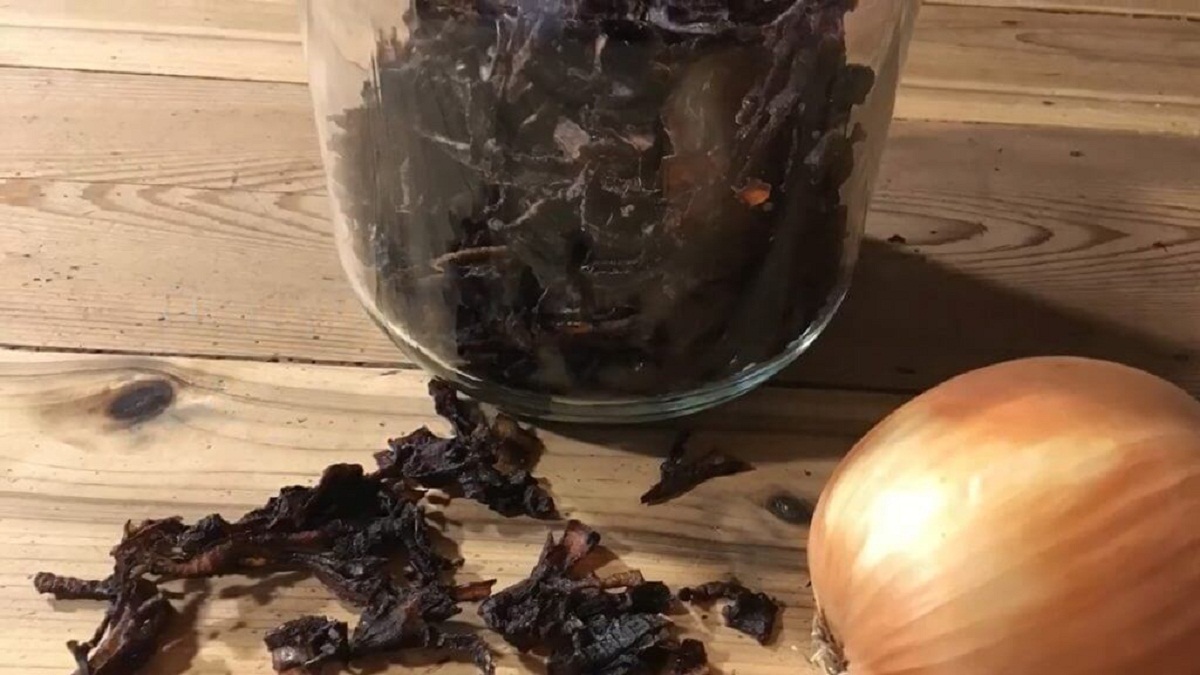


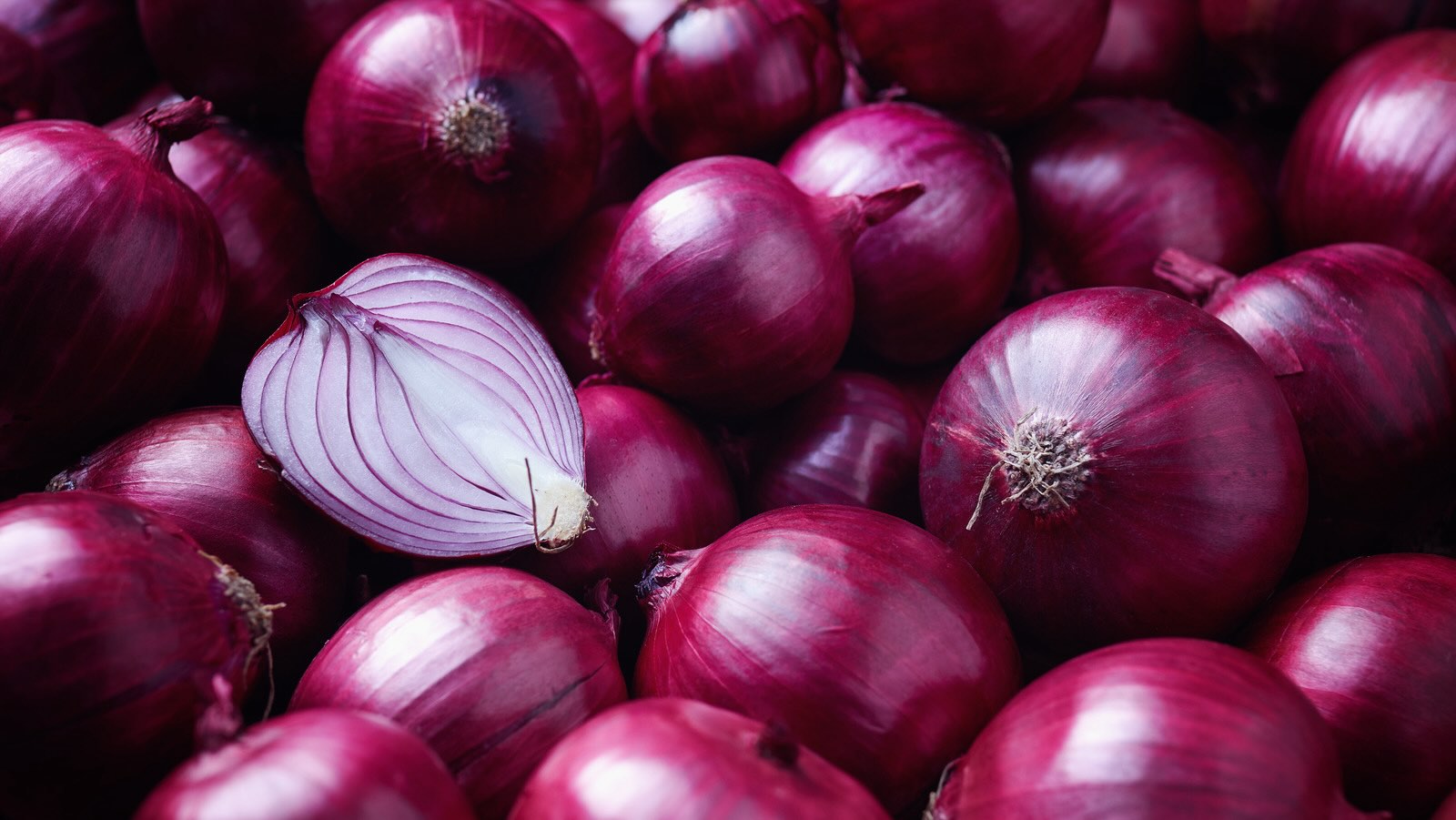


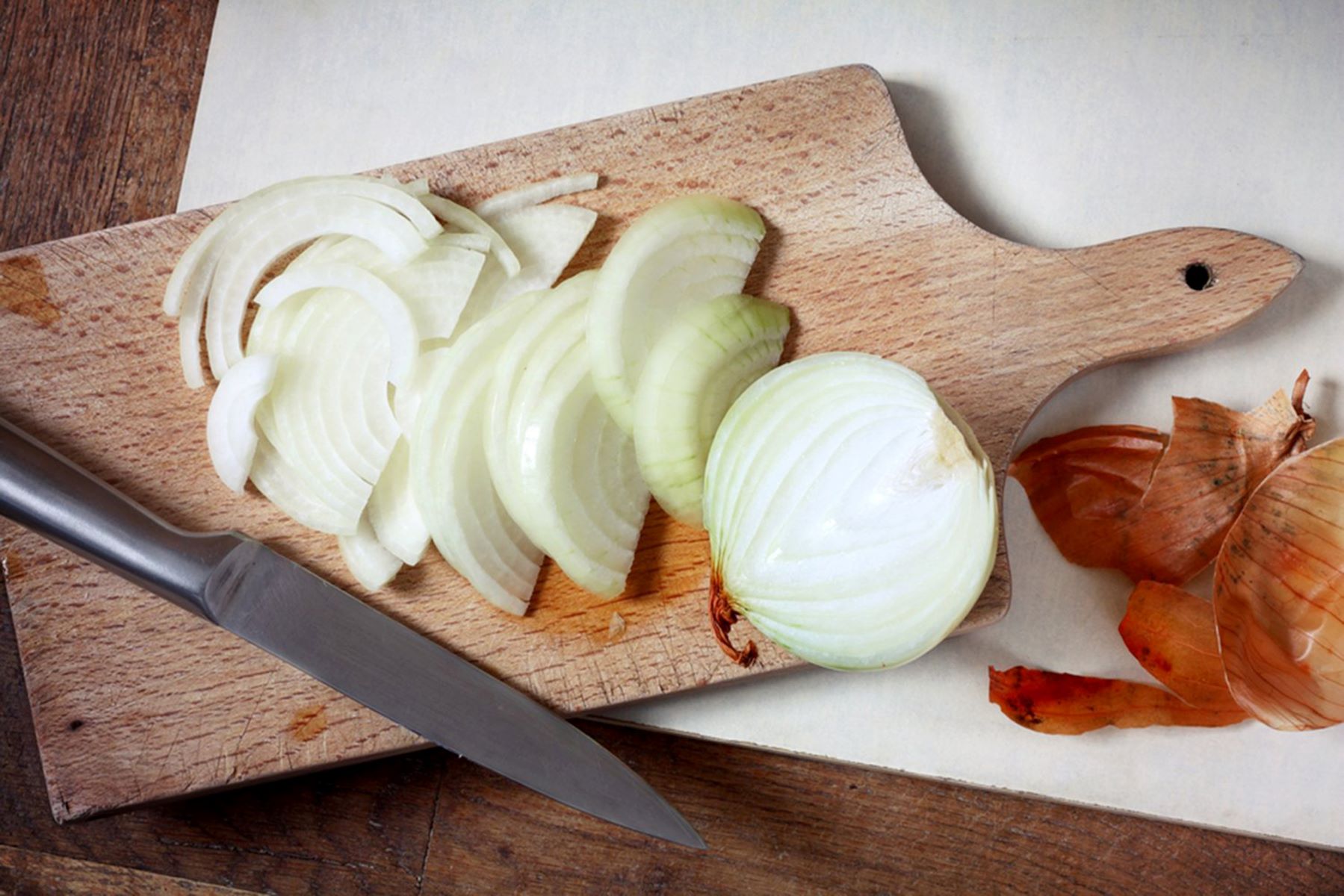




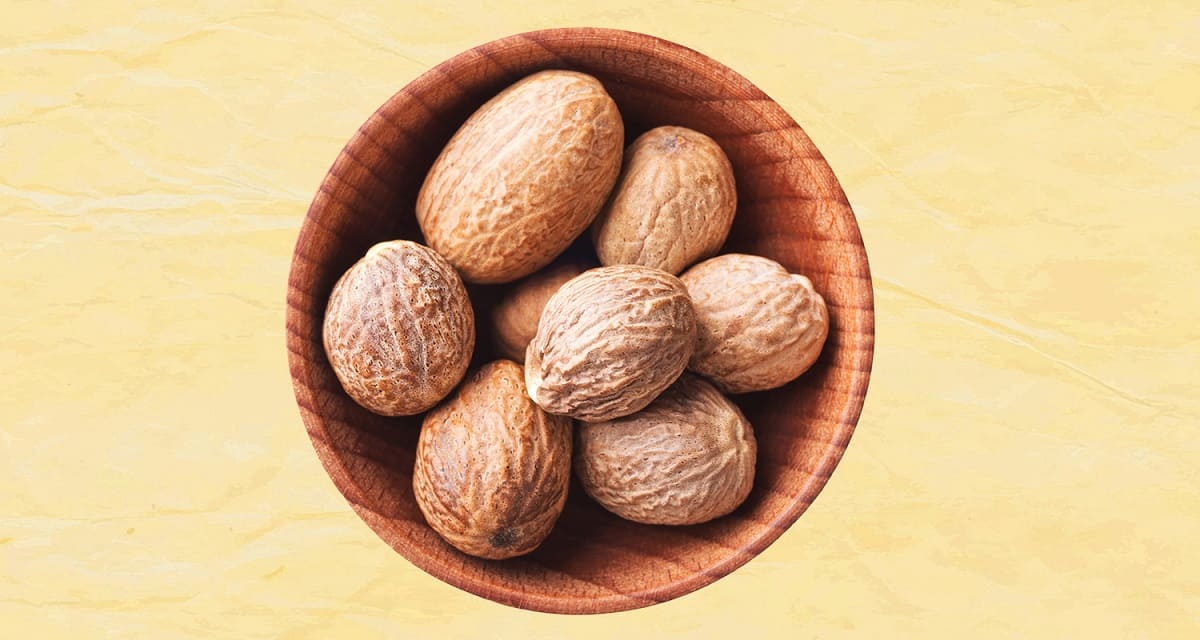


0 thoughts on “How To Store Whole Onions”